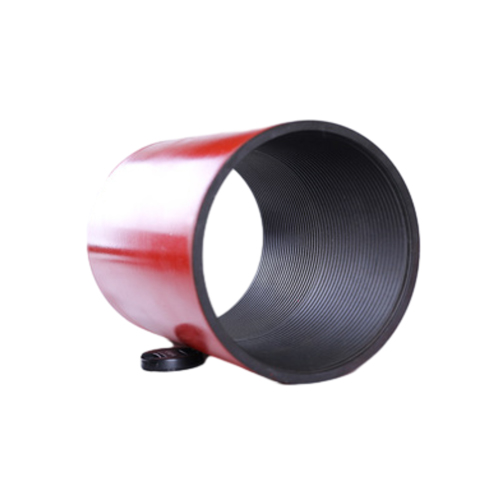- Afrikaans
- Albanian
- Amharic
- Arabic
- Armenian
- Azerbaijani
- Basque
- Belarusian
- Bengali
- Bosnian
- Bulgarian
- Catalan
- Cebuano
- Corsican
- Croatian
- Czech
- Danish
- Dutch
- English
- Esperanto
- Estonian
- Finnish
- French
- Frisian
- Galician
- Georgian
- German
- Greek
- Gujarati
- Haitian Creole
- hausa
- hawaiian
- Hebrew
- Hindi
- Miao
- Hungarian
- Icelandic
- igbo
- Indonesian
- irish
- Italian
- Japanese
- Javanese
- Kannada
- kazakh
- Khmer
- Rwandese
- Korean
- Kurdish
- Kyrgyz
- Lao
- Latin
- Latvian
- Lithuanian
- Luxembourgish
- Macedonian
- Malgashi
- Malay
- Malayalam
- Maltese
- Maori
- Marathi
- Mongolian
- Myanmar
- Nepali
- Norwegian
- Norwegian
- Occitan
- Pashto
- Persian
- Polish
- Portuguese
- Punjabi
- Romanian
- Russian
- Samoan
- Scottish Gaelic
- Serbian
- Sesotho
- Shona
- Sindhi
- Sinhala
- Slovak
- Slovenian
- Somali
- Spanish
- Sundanese
- Swahili
- Swedish
- Tagalog
- Tajik
- Tamil
- Tatar
- Telugu
- Thai
- Turkish
- Turkmen
- Ukrainian
- Urdu
- Uighur
- Uzbek
- Vietnamese
- Welsh
- Bantu
- Yiddish
- Yoruba
- Zulu
aluminum pipe couplings and fittings
Understanding Aluminum Pipe Couplings and Fittings
Aluminum pipe couplings and fittings play a crucial role in various industrial, commercial, and residential applications. Their lightweight yet durable nature makes aluminum a preferred choice for piping systems across diverse fields such as plumbing, HVAC, and automotive industries. This article explores the essential characteristics, advantages, and common applications of aluminum pipe couplings and fittings.
Characteristics of Aluminum Couplings and Fittings
Aluminum is known for its excellent corrosion resistance, making it suitable for both indoor and outdoor environments. This resistance extends the lifespan of the fittings, reducing the need for frequent replacements. Additionally, aluminum is a lightweight material compared to other metals like steel, facilitating easier handling and installation. Despite its lightweight properties, aluminum maintains a high strength-to-weight ratio, providing the necessary durability for various applications.
Aluminum fittings come in various shapes and sizes, including elbows, tees, unions, and flanges, among others. These fittings are designed to connect different pipelines, allowing for smooth transitions and modifications in direction. Couplings, in particular, are vital components that connect two pipes of the same diameter. They can be found in both rigid and flexible varieties, catering to specific application needs.
Advantages of Using Aluminum Pipe Couplings and Fittings
1. Corrosion Resistance The protective oxide layer that forms on the surface of aluminum keeps it secure from environmental factors, including moisture, chemicals, and UV exposure. This characteristic is especially important in settings where water exposure and corrosion could lead to critical failures.
2. Lightweight Aluminum fittings are much lighter than those made from steel or brass. This property not only makes them easier to transport and install, but it also reduces the overall weight of the piping system, which can be advantageous in applications where weight constraints are a factor.
aluminum pipe couplings and fittings

3. Cost-Effective When compared to other metals, aluminum is relatively inexpensive. The lower material cost, combined with the long lifespan due to its corrosion resistance, makes aluminum pipe fittings an economically viable choice in the long run.
4. Versatility Aluminum fittings can be used in various applications, from plumbing connections in residential buildings to complex industrial piping systems. Their adaptability to different environments and conditions makes them a universal solution for many piping needs.
5. Easy Maintenance The smooth surface finish of aluminum pipe fittings makes them less prone to clogging and sediment buildup. Regular cleaning is simple, and this ease of maintenance helps to prolong the life of the fitting and the overall system.
Common Applications
Aluminum pipe couplings and fittings are used in numerous applications across various industries. In the aerospace sector, they are utilized for lightweight structures where reducing weight is critical. In the automotive industry, aluminum fittings are common in cooling and fuel systems due to their thermal conductivity and resistance to corrosion.
In HVAC systems, aluminum fittings are frequently employed for ductwork, where their lightweight and corrosion-resistant properties contribute to the efficiency of the system. Additionally, these fittings are considered an excellent choice for water supply and drainage systems in buildings, especially in regions with harsh environmental conditions.
Conclusion
In summary, aluminum pipe couplings and fittings are essential components in multiple industries due to their unique characteristics and advantages. Their resistance to corrosion, lightweight nature, and cost-effectiveness make them an attractive choice for a wide range of applications. As industries continue to innovate and prioritize efficiency and sustainability, aluminum fittings will undoubtedly play a significant role in future piping solutions. Understanding the benefits and functionalities of aluminum fittings can help engineers, contractors, and builders make informed decisions when designing and installing piping systems, ensuring reliability and longevity in their projects.
-
Tubing Pup Joints: Essential Components for Oil and Gas OperationsNewsJul.10,2025
-
Pup Joints: Essential Components for Reliable Drilling OperationsNewsJul.10,2025
-
Pipe Couplings: Connecting Your World EfficientlyNewsJul.10,2025
-
Mastering Oilfield Operations with Quality Tubing and CasingNewsJul.10,2025
-
High-Quality Casing Couplings for Every NeedNewsJul.10,2025
-
Boost Your Drilling Efficiency with Premium Crossover Tools & Seating NipplesNewsJul.10,2025







